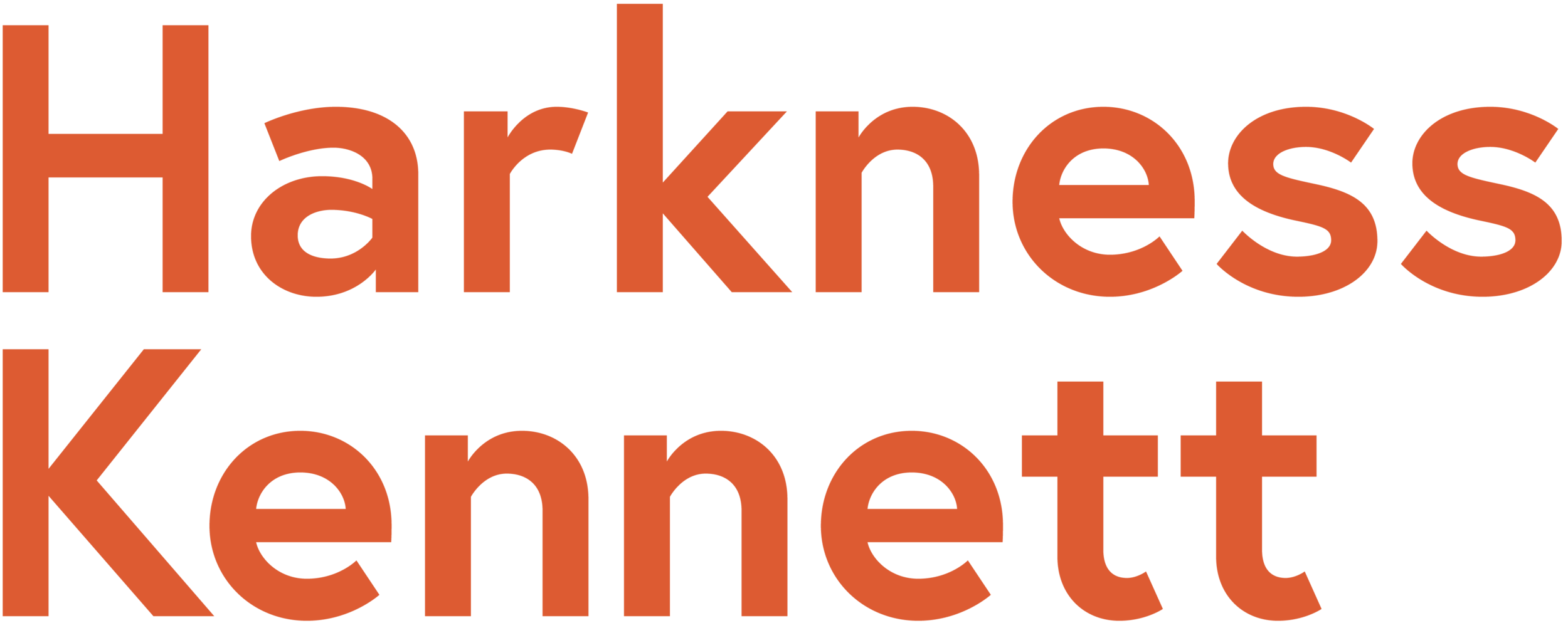Comms Theory in action: Blog 2 of 3 ORGANISATIONAL CULTURE
Informing your approach to internal communication: understanding culture
I’ve been taking a bit of time recently to indulge in a bit of personal development – and it has really inspired me to take a fresh look at some of the work we do and how it stacks up against academic theory. Pretty well I’m delighted to say! So, I thought I’d share with you some nuggets from my studies, and hopefully they’ll inspire you too.
I’ve been taking a look at structure, culture and power sources within organisations and how this impacts internal communication. In this second blog of three I’ll be looking at organisational culture. Whilst this isn’t meant to be an academic paper, you’ll find here a brief overview of some of the models, and the references are listed at the end if you want to go and find out more. Obviously – there are lots of models out there – and this is not an exhaustive review of them all!
Why do we need to know about this you may ask? Applying these models can enable you to understand how these characteristics within your own organisation facilitate current leadership communication behaviour, the consequences of this on line management, cross-functional communication and engagement with the values and strategy – to name but a few reasons!
Informing your approach to internal communication: understanding culture
If you want to get your head around what culture is (in a way that you can describe to leaders, and which shines a light on behaviours and their impact) a good place to start is Schein. He believes that culture exists in the groups’ unconscious but has a powerful impact on behaviour. He says it is created through a set of learnt experiences that have come about as the group worked together to deliver its goals, finding a set of ‘norms’. This is often articulated as ‘the way we do things around here’.
Understanding your organisation’s culture will help you to understand how employees interpret changes as they happen. That means that based on what they’ve seen happen before, they’ll be inclined to believe things will happen the same way – a predisposition to assume ‘x means y’. For example, they may believe that all operational changes will lead to lay-offs, or that important information will always be communicated via email (and they don’t need to look at the intranet!).
Schein goes on to explain that culture exists on a number of levels: artifacts, espoused beliefs and values, and underlying assumptions. Let’s look at each of these in turn.
He describes artifacts as ‘the parts of your organisation that you can see, hear and feel, giving you some insight into culture’. Comms pros would be wise to take some time to consider the artifacts in their organisation to make sure they’re aligned with values and shine a light on the good and the bad (and their implications) with leaders. It could be, for example, in an organisation where employees feel their SLT are not accessible to/engaged with their employees, that the visual clues of SLT offices tucked away in a far corner of the office, with doors always shut, is reinforcing this belief.
Next are ‘espoused beliefs and values’ or what the organisation says about itself; what it ought to be rather than what the reality is. As comms pro’s we’ve all been involved in launching values, or campaigns to bring them to life. We often talk about ‘living the values’. It is really important to understand that, where espoused values are adrift from reality, the negative impact on engagement can be significant. Values should be chosen very carefully, they should be aligned to the underlying ethos or ideology of the organisation, and if they’re aspirational – acknowledging that is vital.
Last are underlying assumptions. Schein believes that culture is taught to new members through the absorption of the underlying assumptions that are collectively held by existing members of the organisation. These maybe harder to spot – but play a significant role in ‘the way we do things around here’. With the rise of hybrid/remote working – we can see that the unarticulated ‘cultural norms’ may well begin to erode in time.
Handy (1993) built a useful working model to understand culture within organisations. The four types of culture that he identified were: club (or power), role, task and person (or existential). Take a look at the table below to gain an overview of his model.
If you’ve read the previous blog on structure, and have identified your organisation as having a functional structure, you may find role culture familiar - typified by pillars (departments), a strong leadership function at the top, and rules and procedures to keep the show on the road. This table gives you a quick overview of Handy’s culture types and what we think the potential implications are for communicators:
Another useful lens through which to view culture is that of context. Hall and Hall (1990) looked at the importance of high versus low context cultures. In a low context culture clarity matters most, whilst in a high context culture the emphasis is on the relationship; much of the meaning can be read ‘between the lines’. Understanding the cultural norm around context is key for communicators. Imagine a project manager with a low context approach, operating in an organisation with a higher context norm; there’ll definitely be some comms challenges there!
Whenever we undertake communication audits for clients, we often uncover cultural information that informs the comms approach moving forwards, and we always consider cultural factors when we create our client solutions, for example:
Allianz: creating an engagement plan to launch new Group values in the UK, including a director’s workshop to engage senior leaders in defining and communicating values and producing manager toolkit to support rollout across the organisation
Aviva: supporting the integration of Friends Life, running stakeholder workshops to develop the integration story and developing a managers’ integration toolkit, to help them lead their teams through the change and integration
Tech client: identifying barriers to behaviour change
Brunel University: a channel review which identified key cultural differences between their various internal audiences
Engie: created a share-fair and engagement event to support the energy company as they moved from exploration to production, and from a culture of independent workstreams towards the need for increased cross-functional working
GWR: keen to understand the needs of their internal audiences, including the broader lifestyles and preferences of their colleagues, we undertook a research project to create persona profiles to support their strategy
It’s certainly worth reading a bit more about culture models and working out where your organisation fits. What is key to understand, is the impact that leaders have on culture. Take for example a functional organisation, with a role culture who have a new CEO who has power culture tendencies. The disruption this may cause to the status quo could be significant. So when thinking about the culture and structure of your organisation – you can begin to see how you also need to think about power – and we’ll be talking about that in the last of this trio of blogs!
Just as with structure, being able to ‘label’ the type of culture of your organisation will deepen your understanding of the parameters in which you’re working, where the pinch points are – and where you can gain some easy wins.
Sign up here to make sure you don’t miss the next blog.
We’re frequently asked to advise on culture and change, and conducting benchmarks to show what others are doing in this space…..and there’s no one size fits all.
If you’re tackling some tricky comms issues in your organisation, and would like some input on how you could best approach them do get in touch.
References:
Hall E.T and M.R. Hall, 1990. Understanding Cultural Differences. London; Intercultural Press. Available from: http://www.csun.edu/~sm60012/Intercultural/Key%20Concepts%20-%20Hall%20and%20Hall%20-%201.pdf
Handy C., 1993 Understanding Organizations. 4th ed. London: Penguin
Schein, P.A., and E.H. Schein, 2016. Organizational Culture and Leadership. New York: John Wiley & Sons, Incorporated.
Published by Nicky

































